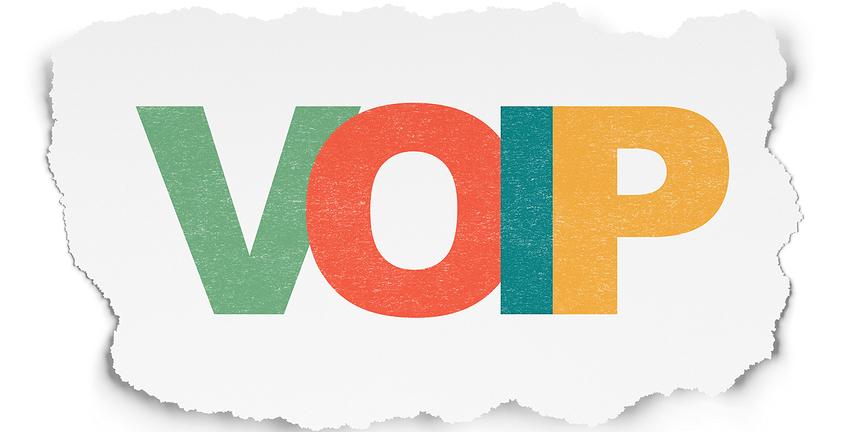
A lot has been said and written about Voice over Internet Protocol (VoIP) technology. We have discussed in earlier posts the various benefits of VoIP to businesses, how organizations can compare and choose service providers, and how to monitor the quality of a VoIP network to ensure crystal clear calls, among many others benefits and tools that VoIP brings. However, we have yet to discuss where or how the VoIP revolution began.
If you’re into history or are simply curious about what spurred the rise and popularity of VoIP phone solutions, then you’ve landed on the right page. Let’s take a look back at the history of VoIP.
Unlike the telephone system and the internet (which were introduced in the 1870s and 1960s, respectively), VoIP is a relatively new technology, introduced in 1995. The first commercial VoIP application (called the "Internet Phone") was released by VocalTec Communications Inc., an Israeli telecom equipment provider founded in 1989. Unlike contemporary VoIP phone solutions (where users hook an IP phone to an internet connection or use a softphone or app), the first Internet Phone required both callers to have a computer, use the same software, and utilize the computer's microphone and speakers. Unfortunately, the sound quality and connection were not as excellent as compared to calling over the Public Switched Telephone Network (PSTN). But nevertheless, the Internet Phone was considered a success at the time and proved highly promising for communications in the future.
Before VoIP became a vital tool in every home and workplace, the technology was fraught with complications and went through tough and challenging periods. For instance, in 1996, internet voicemail applications were introduced. However, these were hounded by problems of poor sound quality, loss of connection, and periods of silence.
Then In 1998, VoIP didn’t take off as expected - in fact, VoIP calls accounted for less than 1% of all voice calls. The slow adoption was attributed to the fact that service providers would often play a series of advertisements before callers can continue or finish a call to cover the cost of early VoIP.
Despite these hurdles, VoIP managed to stay current and survive; and VoIP calls leaped significantly from the 1% in 1998 to 25% of all voice calls in 2003.
The past decade has seen a plethora of technological advancements (such as broadband, mobile internet, as well as the emergence of Skype) that helped position VoIP to become a viable, mainstream alternative to standard telephone service. Companies today use VoIP not just to keep calling costs down, but also to simplify communications, increase convenience, enhance productivity, and enjoy flexibility. Hence, it’s no surprise that the global VoIP services market is expected to see a compound annual growth rate of 9.7% from 2014 to 2020 according to Transparency Market Research.
If the history of VoIP tells us anything, it’s that internet telephony still has so much more to offer, and there’s no telling where the technology can go from here.